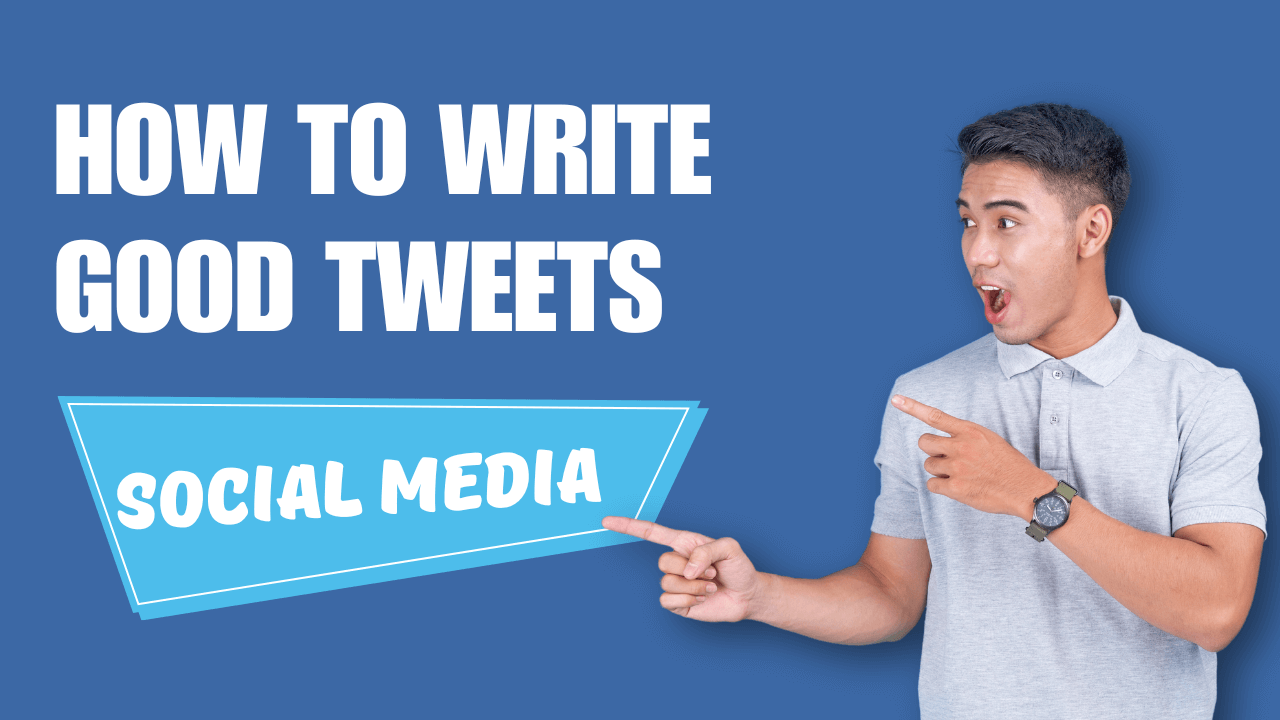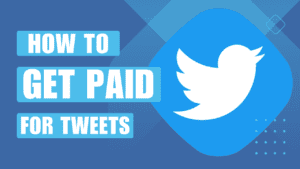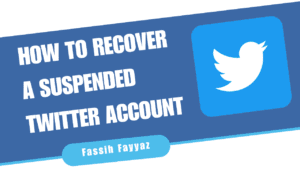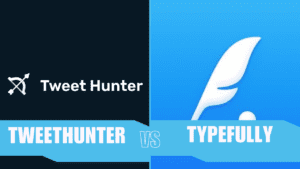Welcome to the ultimate guide on how to write good tweets. In today’s digital world, Twitter has become an influential platform for brands to connect with their target audience and grow their community. With over 300 million monthly active users, crafting compelling tweets is crucial for cutting through the noise and engaging your followers.
This article will provide actionable tips and examples for writing effective, high-converting tweets. We’ll explore proven strategies across three key areas: tweet content, engagement tactics, and optimizing your Twitter presence. Let’s dive in!
Table of Contents Of How to Write Good Tweets
Tweet Strategies for Writing Good Tweets
Here are the top methods for creating tweets that captivate your audience and accomplish your brand’s goals on Twitter.
1. Create Visually Attractive Tweets
Visuals are the backbone of any captivating social media post – and tweets are no exception. Incorporating visual content into your tweets is a must-have tactic for 2023. They can boost engagement rates and make your content more shareable. For instance, tweets with images receive up to 150% more retweets than those without.
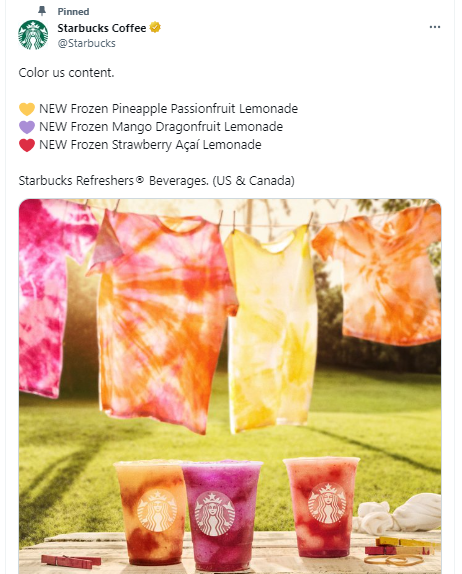
To create visually attractive tweets, you can use tools like Canva or Adobe Spark. These platforms offer a variety of templates to suit every industry and occasion.
When composing a tweet, consider how you can use visuals to make your message more compelling. For example:
- Images: Include product photos, infographics, or screenshots to demonstrate your offering.
- Videos: Give followers a behind-the-scenes look or share an explainer video about your product. Keep videos short for the Twitter feed.
- GIFs: Find a relevant animated GIF to capture a reaction or emotion.
- Clip Links: Use tools like Typefully to embed and autoplay videos directly into your tweets.
Visuals allow you to convey emotions and ideas that text alone cannot. Take the time to create and test eye-catching images, videos, and GIFs tailored to your brand.
2. Tag your Audience, Relevant Brands or Influencers
Knowing your audience is key in every form of digital marketing, and Twitter is no different. Tagging relevant brands, influencers, or followers can significantly increase your reach and engagement. This approach can help your tweets get in front of a larger audience and result in more retweets, likes, and comments.

- Tag customers and fans: Thanking or featuring happy customers is an authentic way to boost word-of-mouth marketing.
- Tag industry influencers: Getting on an influencer’s radar by tagging them can lead to a retweet, especially if your content offers value to their following.
- Tag complementary brands: Tagging brands in your niche establishes your relevance and can lead to cross-collaboration.
- Tag at the right time: Only tag users who would appreciate the tweet. Don’t overdo it or tagspam.
Watching your analytics can indicate which tags garner the most impressions and clicks. Curate a list of accounts to regularly tag that makes sense for your brand and audience.
3. Always Use a Call to Action
A potent CTA (Call to Action) can work wonders on Twitter. Whether you’re asking followers to download a guide, sign up for a webinar, or even just share their thoughts, a strong CTA is crucial. This TweetHunter Review gives you a good idea of how effective CTAs can drive engagement.
Some examples of effective CTAs for tweets:
- Click a link in the tweet to visit a landing page
- Like or retweet the post
- Tag a friend who would find the content interesting
- Comment with thoughts, questions, or feedback
- Sign up for a newsletter, webinar or other offer
- Shop a collection or product featured
- Use a special promo code or discount
CTAs give followers clear direction on how to engage further. Vary your CTAs to promote diverse calls-to-action tied to your business objectives.
4. Keep it Short and Simple
Despite Twitter expanding its character limit, the key to engagement is still keeping things short and simple. Research suggests tweets with 80-110 characters get the highest engagement rates. If you need to share a longer message, consider using a Twitter thread.
Some tips for tight tweet writing:
- Focus on one key idea or message per tweet
- Break up long tweets into a thread
- Limit hashtags and tags so they don’t eat up characters
- Use simple words and avoid jargon
- Let visuals tell part of the story
Getting your point across in 80-110 characters takes practice. But crafting bite-sized, scannable tweets allows busy readers to instantly grasp your message.
5. Creatively Integrate Emojis
Emojis have become a universal language of their own and can add a fun, human touch to your tweets. They can also increase engagement by up to 25.4%. Just remember to use them sparingly and in a way that aligns with your brand voice.
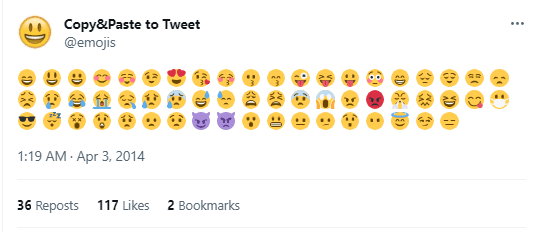
Some best practices for emoji use:
- Place emojis at the end for emphasis and reaction
- Use emojis in moderation for maximum impact
- Ensure emojis align with your brand voice
- Mix up emojis; don’t just default to the same ones
- Take advantage of newer emojis like the pleading face or saluting face
With the rise of emoji reaction buttons on Twitter, strategic emoji usage gives your tweets a better chance of garnering engagement.
6. Use Relevant Hashtags Correctly
Hashtags can significantly increase the visibility and reach of your tweets. They can help your content to show up in relevant search results, thus attracting new followers. However, stuffing your tweets with redundant hashtags might lead to a decrease in engagement. As a rule of thumb, stick to 1-2 relevant hashtags per tweet. Here are some best practices:
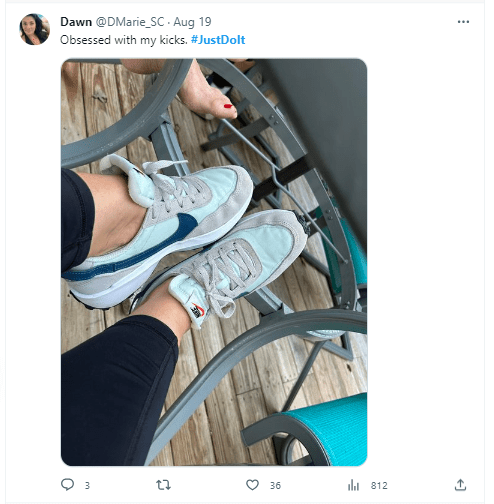
- Place 1-2 branded hashtags in each tweet to remind followers about your business. For example, #FassihFayyazTips.
- Use popular event/topic hashtags like #SmallBusinessSaturday to increase visibility.
- Research related niche hashtags to connect with your target audience. Example for business consulting: #startuplife, #entrepreneurship, #SMB
- Create original branded hashtags for campaigns, contests and promotions.
- Check hashtag volume and relevance on platforms like RiteTag before including them.
- Avoid using too many hashtags that look spammy.
Relevant hashtags help users find your content. Be strategic in choosing branded and trending hashtags to incorporate.
7. Provide Direction
A good tweet provides clear and concise messaging, guiding your audience towards the intended action. For instance, if you’re introducing a new blog post, link directly to it and tell your followers what they’ll gain from reading it. Some ways to provide clear direction include:
- Presenting an interesting fact/stat then explaining what it means
- Making a claim then backing it up with evidence
- Pointing followers to a link to learn more
- Providing a step/tip then explaining how readers can implement it
- Sharing a question then encouraging replies
- Offering a discount code or deal with specific call to action
Giving your audience clear expectations with your messaging helps craft compelling, results-driven tweets.
8. Create a Posting Cadence
Consistency is vital on Twitter. Followers appreciate a regular posting schedule, and it can also improve your visibility on the platform. Tools like Buffer or Hootsuite can help you maintain a regular posting cadence.
Here are some tactics to develop an effective posting cadence:
- Test different frequencies like 3 tweets per day vs. 10 tweets per day to see what works best. Analyze engagement and traffic to determine ideal tweet volume.
- Schedule tweets throughout the day when your audience is most active. Spread them out to avoid tweet storms. Tools like Zlappo and Buffer can help with scheduling.
- Maintain consistency once you find your optimal pace. Followers will come to expect and appreciate your regular content.
- Adapt your cadence as needed. Increase tweets around launches and promotions, or slow down tweets during quieter times.
Posting consistently, not chaotically, helps build anticipation with your community. Test frequencies to discover your brand’s tweet cadence sweet spot.
9. Humanize Your Voice
Authenticity is key on Twitter. Followers appreciate brands that show personality and don’t just sound like corporate robots. Using a personal, conversational tone can help you build a stronger connection with your audience.
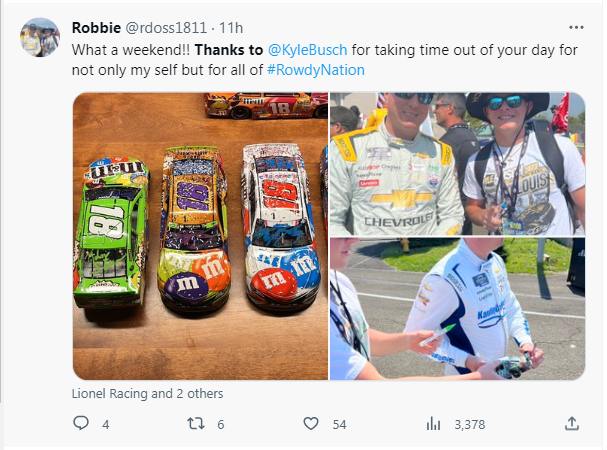
Some ways to inject more humanity into your Twitter presence include:
- Use conversational language, not stiff, formal text
- Share company updates, employee stories and behind-the-scenes peeks
- Respond to followers and have genuine interactions
- Show some personality with tone and humor when appropriate
- Admit mistakes and communicate transparently to build trust
Think of your Twitter account as less of a bullhorn, and more of a friendly neighbor your audience feels connected with.
10. Listen to Understand
Social listening is a powerful tool for understanding your audience’s needs and preferences. Track responses and engagement to your tweets, and use these insights to refine your Twitter strategy.
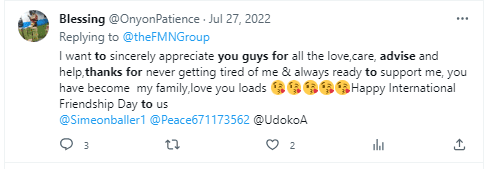
Dedicate time to:
- See which tweet types spur the most engagement
- Identify pain points and questions followers are facing
- Analyze hashtag discussions happening around your industry
- Monitor competitors and their Twitter strategy
- Learn follower demographics like location, gender, age range
Platforms like Hypefury and TweetHunter provide robust analytics for monitoring Twitter conversations relevant to your brand.
Social listening enables you to craft more relevant, higher-performing tweets tailored to what your community cares about.
11. Use Creative Stopping Power
In the crowded Twitter feed, you need to create tweets with stopping power – content that makes users stop and pay attention. This could be a compelling question, a striking visual, or an intriguing statement.
Some examples of effective stopping power tactics:
- Ask a thought-provoking question. Compel readers to stop scrolling and think.
- Share an unbelievable stat. Surprising facts grab reader attention.
- Leverage cliffhangers. End tweets with “to be continued…” to build anticipation.
- Use brackets creatively. Brackets around a key phrase can draw the eye.
- Add ALL CAPS for emphasis. But don’t overdo it.
- Incorporate unique visuals. Strange or beautiful images cause pause.
- Use fill-in-the-blank tweets. Readers stop to insert their own response.
With the right technique, you can engineer your tweets for stopping power that elevates them above the fray.
12. Evoke an Emotional Response
Emotional content tends to perform well on Twitter. Whether it’s joy, surprise, or even anger, tweets that trigger an emotional response are more likely to be shared and liked. Some examples:
- Appeal to their desires for career growth, luxuries, or relationships
- Speak to their sense of pride in accomplishments, family, or heritage
- Tap into motivational stories of overcoming adversity
- Leverage FOMO with must-have offers or experiences
- Showcase success stories they can relate to
- Highlight shared values like sustainability, community or quality
- Use aspirational messaging and “before and after” transformations
Gobeyond reason. Crafting tweets that make your audience feel drives higher conversion.
13. Add a Hint of Humor
Humor can be a powerful engagement tool on Twitter, making your brand feel more relatable. However, it’s essential to get the tone right and avoid anything that could be offensive.

- Use GIFs and memes tailored to your niche
- Make witty cultural references to connect with your audience
- Try ironic understatement for dry humor
- Use humorous polls or questions to crowdsource funny content
- Share industry in-jokes that resonate with your followers
Humor provides entertainment and makes your content more memorable. Just ensure it aligns with your brand voice and audience.
Tapping into Key Moments
“Key moments” on Twitter are events or trends that a large portion of users are engaged with. These could be sports events, holidays, or trending topics. Tapping into these moments can significantly boost your visibility and engagement.
Some types of key Twitter moments include:
- Trending news or events: Link your messaging to trending topics in a relevant way. But avoid controversial issues.
- Pop culture references: Connect with followers by tying tweets to viral memes, shows or celebrities.
- Holidays and events: Adapt messaging around major holidays, events and cultural observances.
- Industry conferences: Leverage buzz from major conferences by sharing related content.
- TV premieres and finales: Join the conversation when popular shows air new episodes.
- Viral content: If a meme or piece of content goes viral, find a way to tactfully incorporate it.
Capitalizing on time-sensitive moments allows you to ride cultural waves and tap into spikes in audience interest. But only participate if it makes sense for your brand.
Frequently Asked Questions about How to Write Good Tweets
Now let’s address some common questions about How to Write Good Tweets:
1. How Often Should You Tweet?
There’s no one-size-fits-all answer to this question. Your tweet frequency will depend on your audience, your goals, and the time you have available. A good starting point could be 3-5 times per day, but it’s crucial to monitor your metrics and adjust accordingly.
2. What is the Best Time to Tweet?
The best time to tweet can vary depending on your audience’s location and habits. However, research suggests that weekdays during working hours tend to see higher engagement. Consider using a tool like Tweriod to find your optimal tweeting times.
3. How do You Measure Success on Twitter?
Success on Twitter is typically measured by engagement metrics like retweets, likes, and comments. However, it’s also important to track click-through rates (CTR), particularly if you’re using Twitter to drive traffic to your website.
4. What is the Ideal Tweet Length in 2023?
Despite Twitter’s expanded character limit, shorter tweets still perform best. Aim to keep your tweets between 80 and 110 characters for maximum engagement.
Conclusion
Twitter continues to be a powerful platform for engaging with your audience and spreading your brand message. Consistent, thoughtful tweeting that engages your community will continue paying dividends on this influential social platform. Use these suggested strategies to connect with customers and meet your Twitter goals this year. Feel free to reach out on Twitter with any other questions!
By following the strategies outlined in this guide, you’ll be well on your way to crafting tweets that capture attention, drive engagement, and achieve your marketing goals in 2023. Happy tweeting!

